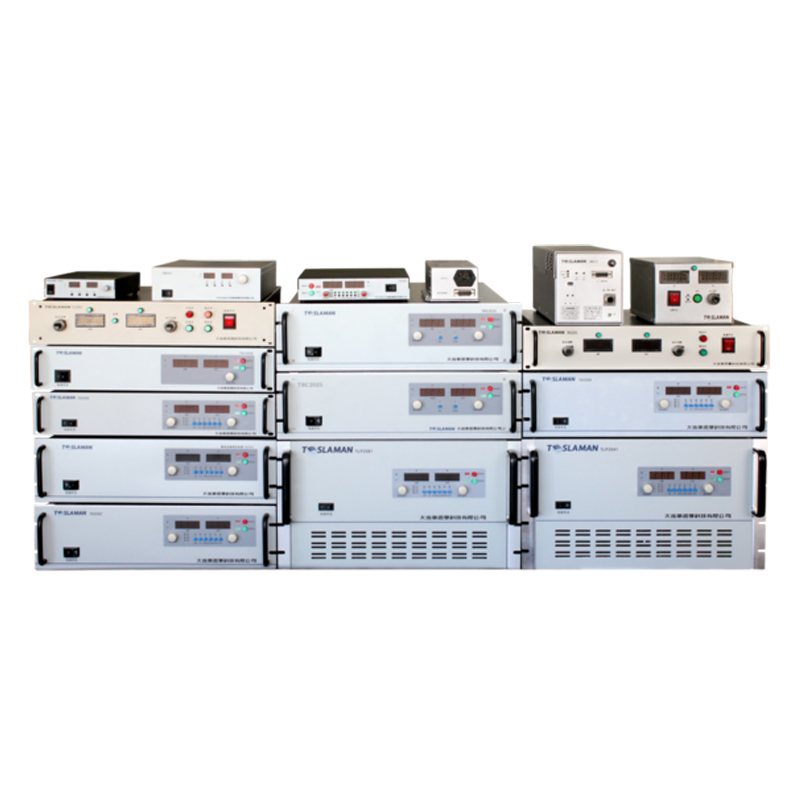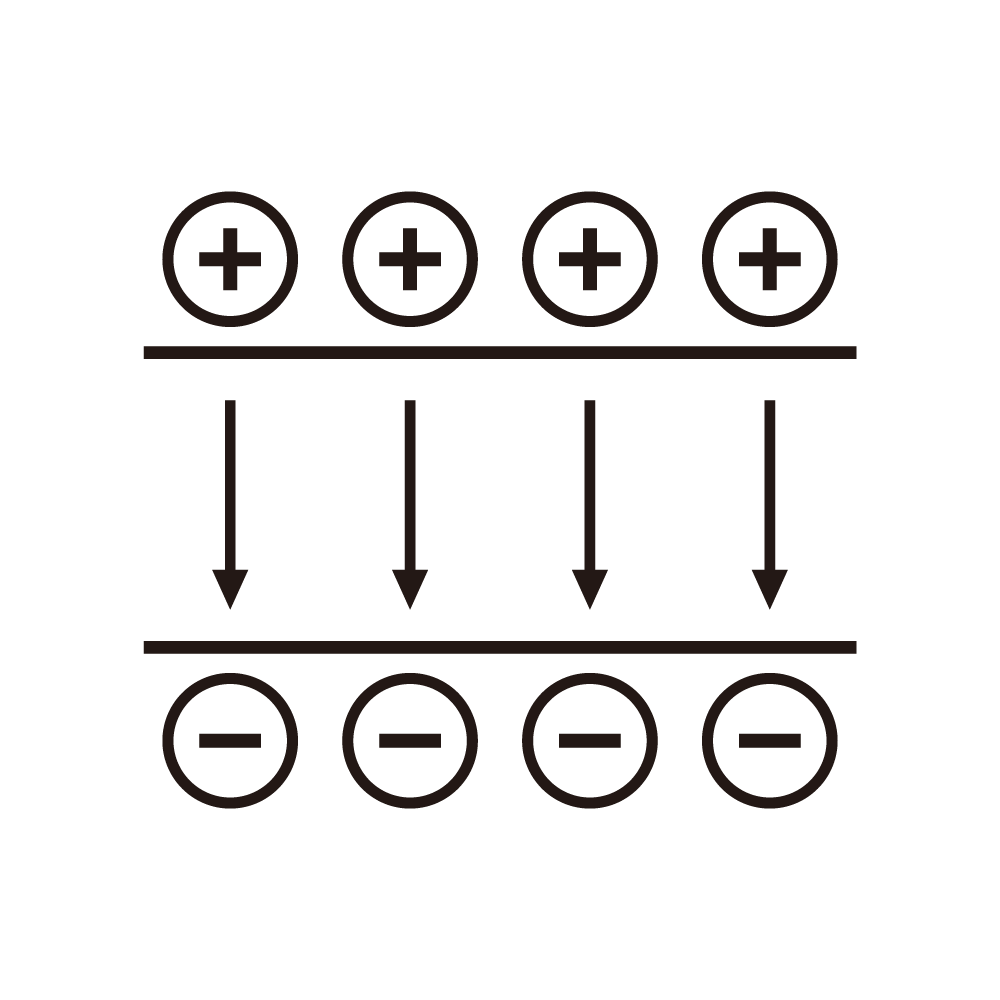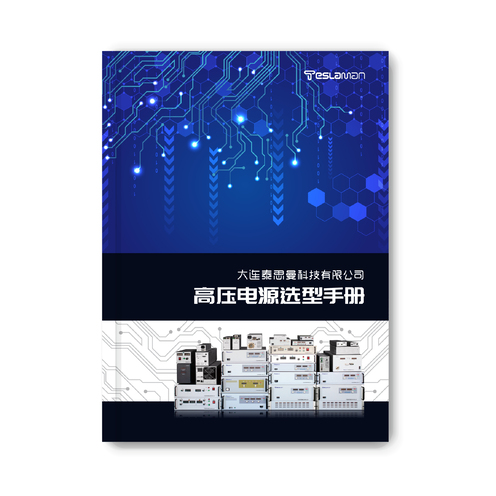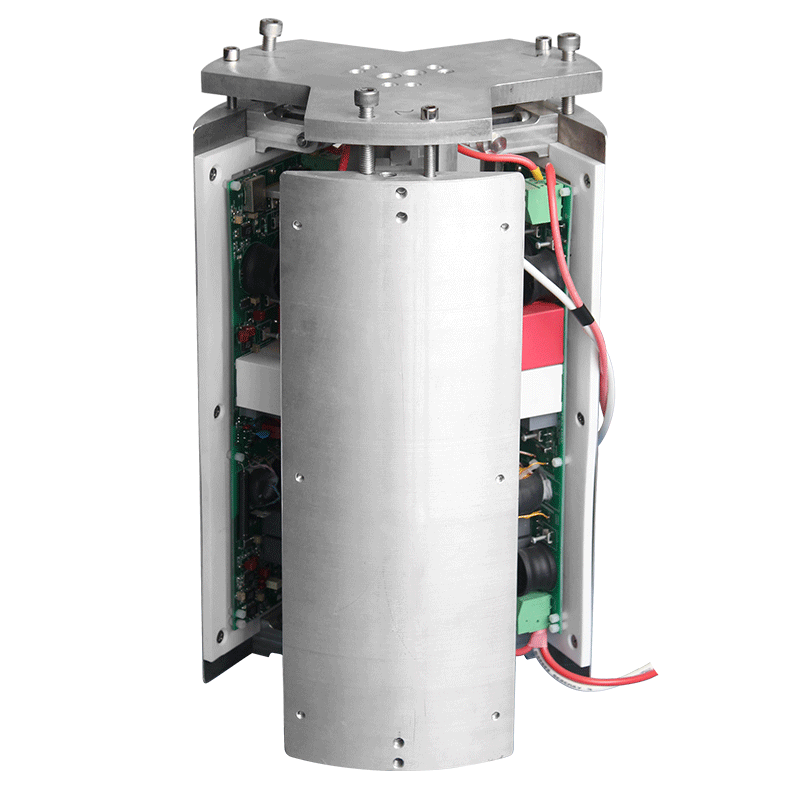The Energy-saving Approaches of High-voltage Power Supplies for Semiconductor Testing
With the booming development of the semiconductor industry nowadays, semiconductor testing, as a crucial link to ensure the quality and performance of products, has seen its related equipment's energy consumption issues drawing increasing attention. Among them, high-voltage power supplies, as one of the core components in semiconductor testing systems, exploring their energy-saving approaches is of great significance for the sustainable development of the industry.
The working principle of high-voltage power supplies for semiconductor testing is based on transforming the input mains voltage through a series of complex conversion and regulation circuits to boost it to the high voltage and high-precision output required for semiconductor device testing. Traditional high-voltage power supply designs often focus on meeting basic performance indicators such as voltage and current, while lacking in fine management and control of energy consumption. During large-scale and long-term semiconductor testing processes, the accumulated energy consumption can be quite substantial.
From the perspective of optimizing the circuit topology structure, adopting new and efficient topologies is an important way to save energy. For example, the application of soft-switching technology can significantly reduce the energy losses during the switching process. Compared with traditional hard-switching, soft-switching enables power devices to turn on and off under zero-voltage or zero-current conditions, reducing the switching losses caused by the overlap of voltage and current. This has a particularly prominent energy-saving effect in high-frequency and high-voltage conversion scenarios. By reasonably designing the parameters of the resonant network, efficient energy transmission and conversion can be achieved, further improving the overall efficiency of the power supply.
The innovation of control strategies is also a key to energy conservation. Advanced digital control algorithms can monitor the output status of high-voltage power supplies in real time and precisely regulate the voltage and current. Based on the feedback-based dynamic adjustment mechanism, energy can be dynamically allocated according to the power supply requirements at different stages of semiconductor testing. During standby or low-load testing periods, the power supply output power can be automatically reduced to avoid unnecessary energy waste. And under high-load and high-precision testing requirements, it can respond quickly to ensure stable power supply and the accuracy and reliability of testing. This intelligent power management strategy makes the energy consumption of high-voltage power supplies closely match the actual testing requirements.
In addition, improving the power factor correction (PFC) capability of power supplies cannot be ignored. Semiconductor testing equipment is usually connected to the power grid. If the power factor is low, it will cause an increase in the reactive current of the power grid and intensify the line losses. By adding a high-performance PFC circuit to the front end of the high-voltage power supply, the input current can be corrected to an approximate sine wave in phase with the input voltage, reducing the harmonic pollution to the power grid and improving the efficiency of the power supply in obtaining energy from the power grid, thus indirectly achieving energy savings.
Heat dissipation management also has an indirect impact on energy conservation. An efficient heat dissipation design can ensure that power devices work at appropriate temperatures, reducing performance degradation and additional power consumption caused by overheating. By using materials with good heat dissipation performance, optimizing the structure of heat sinks, and reasonably arranging the air ducts, the internal temperature of the power supply can be maintained uniformly and stably, ensuring the efficient operation of all components and avoiding energy waste caused by the derating protection mechanism triggered by overheating.
The energy-saving path of high-voltage power supplies for semiconductor testing is a comprehensive project involving technological innovations in multiple fields such as circuits, control, and thermal management. Through continuous exploration and optimization, it will not only help reduce costs and improve the competitiveness of the semiconductor testing process but also lay a solid foundation for the entire semiconductor industry to move towards green and sustainable development. Behind the tiny world of chips, energy-saving technologies will light up the future of the industry.




















